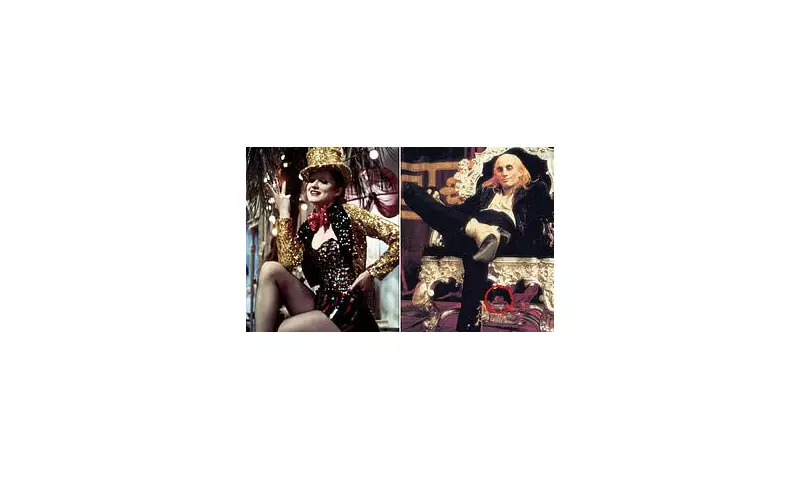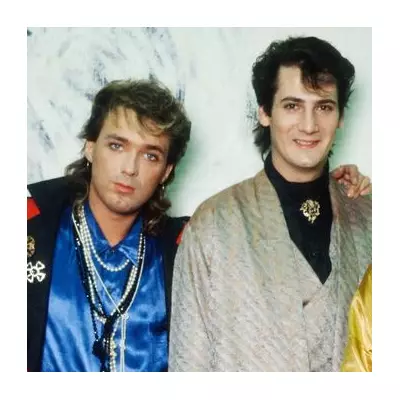
Movie enthusiasts across Britain are experiencing a collective revelation as the true origin of the term 'Easter egg' in cinema comes to light, revealing a story far removed from today's digital hidden messages.
The 1970s Hollywood Genesis
Long before Marvel films scattered hidden references throughout their cinematic universe, the concept of Easter eggs began with a very different intention. The term originated not from computer code or digital effects, but from old-school Hollywood filmmaking practices that would surprise modern audiences.
From Physical Objects to Digital Secrets
Unlike today's subtle references and hidden messages, the original Easter eggs were tangible, physical items deliberately placed within film scenes. These weren't meant for audience discovery but served practical production purposes that have since evolved into the interactive viewing experiences we know today.
The transformation from physical filmmaking tool to audience engagement strategy represents one of cinema's most fascinating evolutions. What began as an industry insider technique has become a global phenomenon, with fans meticulously scanning frames for hidden treasures.
Why This History Matters
Understanding the true origin of cinematic Easter eggs provides valuable context for how filmmaking and audience interaction have evolved over decades. It highlights the creative ways filmmakers have always found to add layers of meaning to their work, even before the digital age made such practices commonplace.
This revelation about Easter egg origins demonstrates how industry terminology can transform completely while maintaining the same name, creating a fascinating disconnect between historical practice and contemporary understanding.





